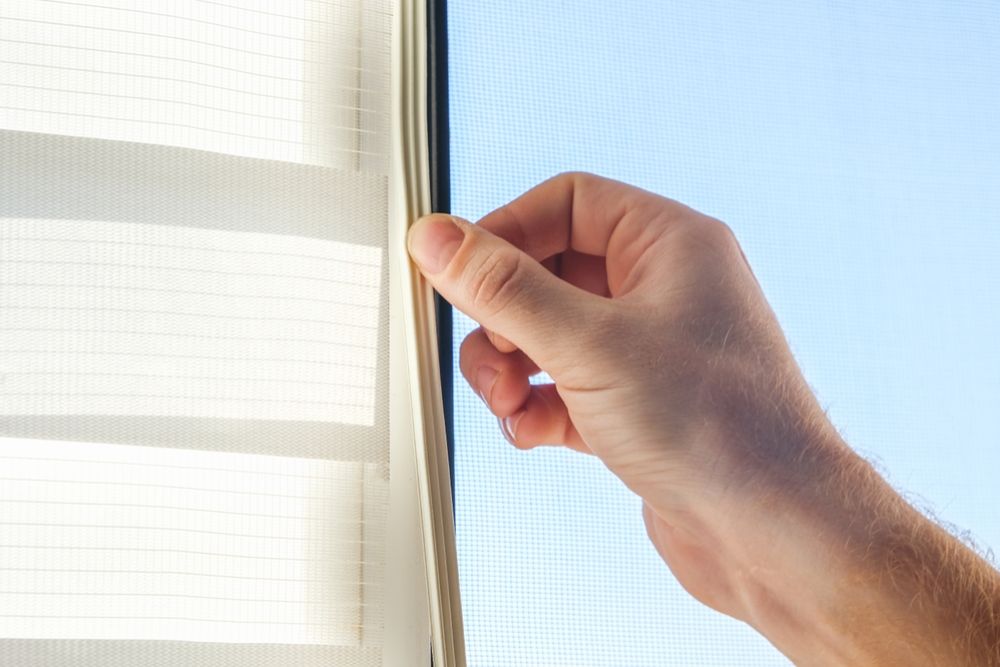Paying bills is a constant part of adult life—but what if you could reduce them with smart, strategic purchases? While the word “investment” might suggest big spending, there are plenty of affordable upgrades that can pay for themselves over time by lowering your monthly costs.
From energy efficiency to water conservation and smart home automation, here are smart investments that can help you trim your monthly bills and keep more money in your pocket over the long haul.
1. Programmable or Smart Thermostat
A programmable thermostat is one of the most effective ways to save on your monthly energy bills. By automatically adjusting your heating and cooling based on your schedule, it reduces energy waste when you’re asleep or away from home.
Smart thermostats take it a step further by learning your habits, sensing when you’re home, and optimizing energy usage in real time. Over the course of a year, this can result in significant savings on both heating and cooling bills—especially in extreme climates.
2. LED Light Bulbs
Switching from traditional incandescent bulbs to LED lighting is a small upgrade with a big payoff. LEDs use up to 80% less energy and last up to 25 times longer than older bulbs.
While LEDs cost a bit more upfront, their longer lifespan and lower energy usage mean you’ll see lower utility bills and fewer trips to the store for replacements. Start with your most-used lights—like kitchen fixtures, living room lamps, and porch lights—for immediate impact.
3. Low-Flow Showerheads and Faucets
Water bills can add up quickly, especially for families. Installing low-flow fixtures helps reduce water use without sacrificing performance. These products are designed to maintain pressure while using significantly less water per minute.
Modern low-flow showerheads are efficient and comfortable, and many models are surprisingly affordable. Combine them with faucet aerators for an easy way to reduce both water and heating bills (since less hot water is needed).
4. Smart Power Strips
Many electronics and appliances continue to draw power even when they’re turned off. Known as “phantom loads,” this standby power can account for up to 10% of your electricity usage.
Smart power strips solve this problem by automatically cutting power to devices that aren’t in use. For example, they can shut off power to your TV, game console, or printer when they sense inactivity. These strips are easy to set up and can save you money on electricity every month.
5. Energy-Efficient Appliances
If you’re replacing an old appliance—like a refrigerator, washing machine, or dishwasher—look for Energy Star-certified models. These appliances use less water and electricity than older models while performing just as well or better.
While the upfront cost might be slightly higher, the long-term savings on your utility bills can be substantial. Plus, many energy-efficient appliances qualify for rebates through utility companies or local governments, further reducing the cost.
6. Solar-Powered Outdoor Lighting
Outdoor lighting adds safety and ambiance to your home, but leaving lights on all night can spike your energy bill. A smart solution? Solar-powered lights.
These lights charge during the day and automatically turn on at dusk. They require no wiring, installation is simple, and they add charm and functionality to walkways, patios, or gardens—completely off the grid.
7. Insulation and Weather Stripping
One of the most cost-effective ways to reduce heating and cooling bills is improving your home’s insulation. Adding or upgrading insulation in attics, basements, or crawl spaces helps keep warm or cool air inside—reducing strain on your HVAC system.
In addition, replacing or installing weather stripping around doors and windows can prevent drafts and reduce energy waste. These small upgrades can make your home more comfortable year-round and cut down on energy costs significantly.
8. Rain Barrels for Outdoor Watering
If you have a garden or lawn, watering can account for a surprising portion of your water bill. A rain barrel system allows you to collect and store rainwater runoff from your roof and gutters, which can be used to irrigate your plants and yard.
Rain barrels are a one-time investment and environmentally friendly. In many areas, rebates or tax incentives are available for installing them, adding even more value to the savings.
9. Home Energy Monitor
A home energy monitor connects to your electrical panel and tracks how much electricity each appliance uses in real time. These devices give you a clear picture of what’s driving up your energy bill—and where you can cut back.
By identifying energy hogs and unusual usage patterns, you can make more informed decisions, like unplugging specific devices or upgrading inefficient appliances. Over time, this insight can lead to meaningful reductions in your utility bills.
10. Smart Sprinkler Systems
Watering your lawn manually or using outdated timers can lead to overwatering and high water bills. A smart sprinkler system adjusts watering schedules based on real-time weather, soil moisture, and plant needs.
These systems save water and money by preventing unnecessary watering—especially during rainy or cooler periods. For homeowners in dry or regulated areas, this investment can pay off quickly and help you stay compliant with local water usage guidelines.
11. Reusable Household Items
Some of the simplest investments you can make involve switching to reusable products that reduce monthly supply purchases. Examples include:
-
Cloth napkins instead of paper towels
-
Reusable dryer balls instead of dryer sheets
-
Rechargeable batteries instead of disposable ones
-
Refillable water bottles and filters instead of buying bottled water
Though the savings may be modest individually, they add up over time and reduce your environmental impact.
12. Thermally Efficient Curtains or Window Film
Heat gain or loss through windows can drive up energy bills, particularly in older homes. Installing thermal curtains helps insulate windows, keeping heat in during the winter and out during the summer.
Window film is another low-cost upgrade that reduces UV exposure and helps regulate indoor temperatures. Both options are relatively inexpensive, easy to install, and provide immediate energy savings.



